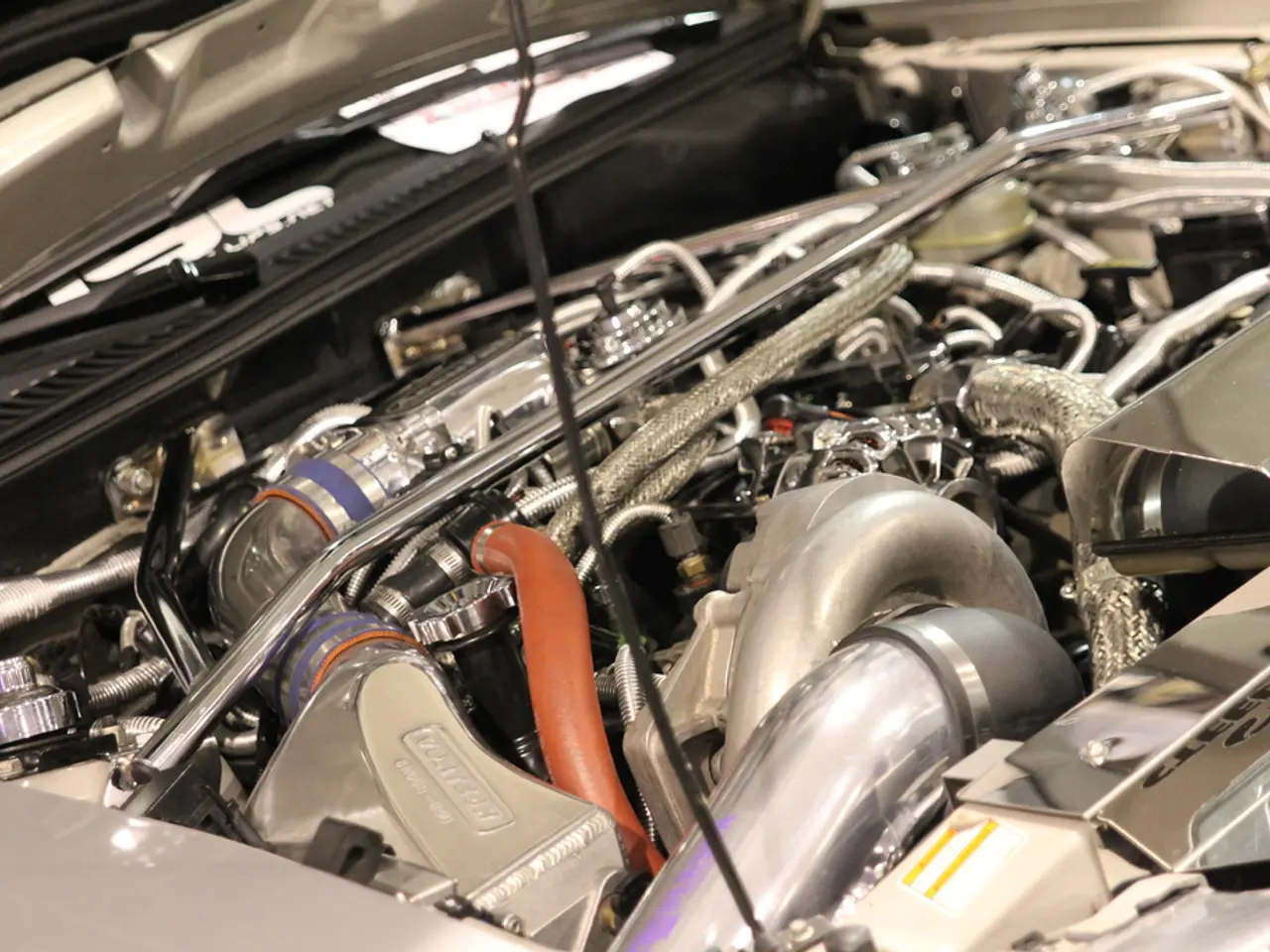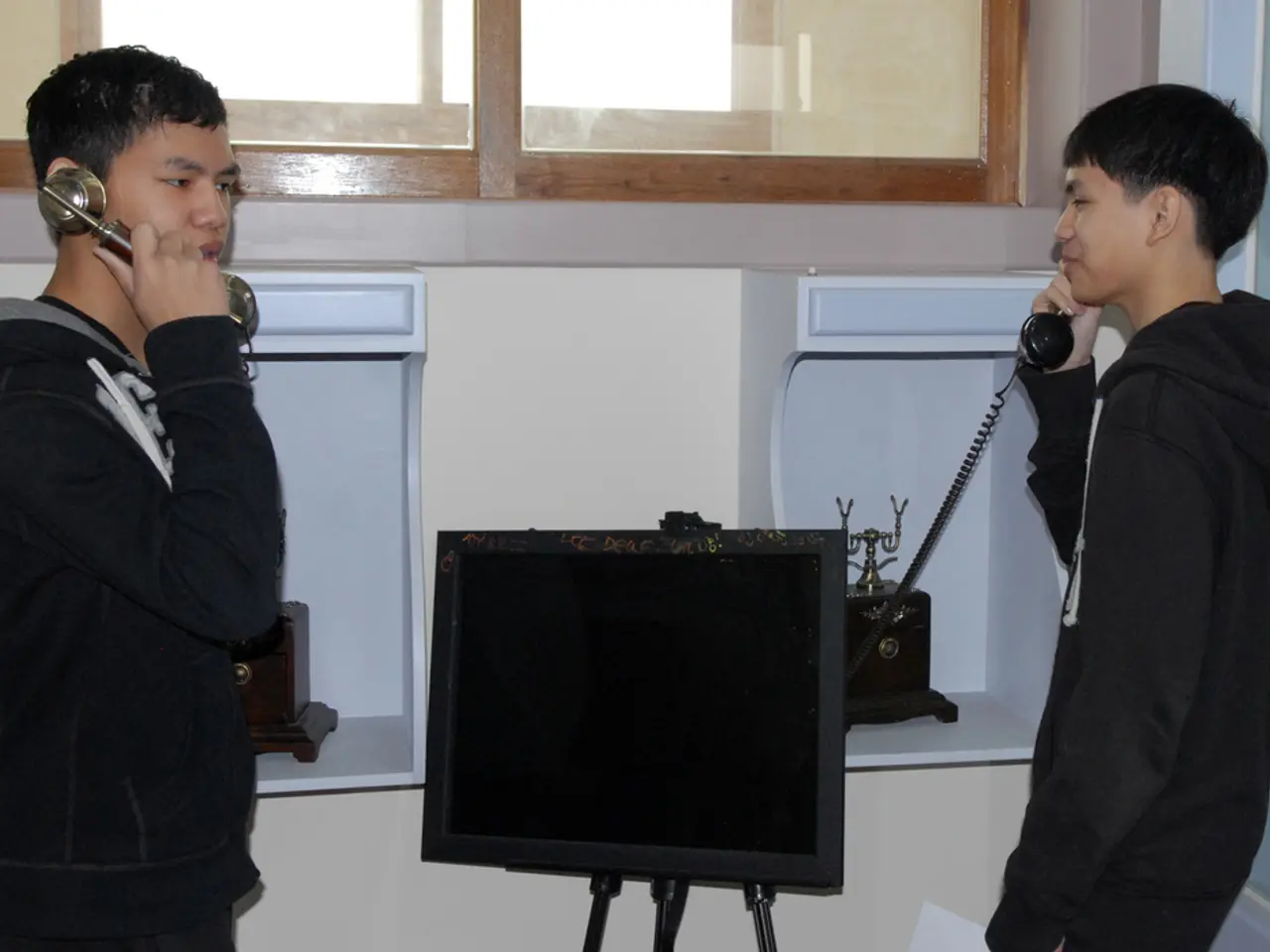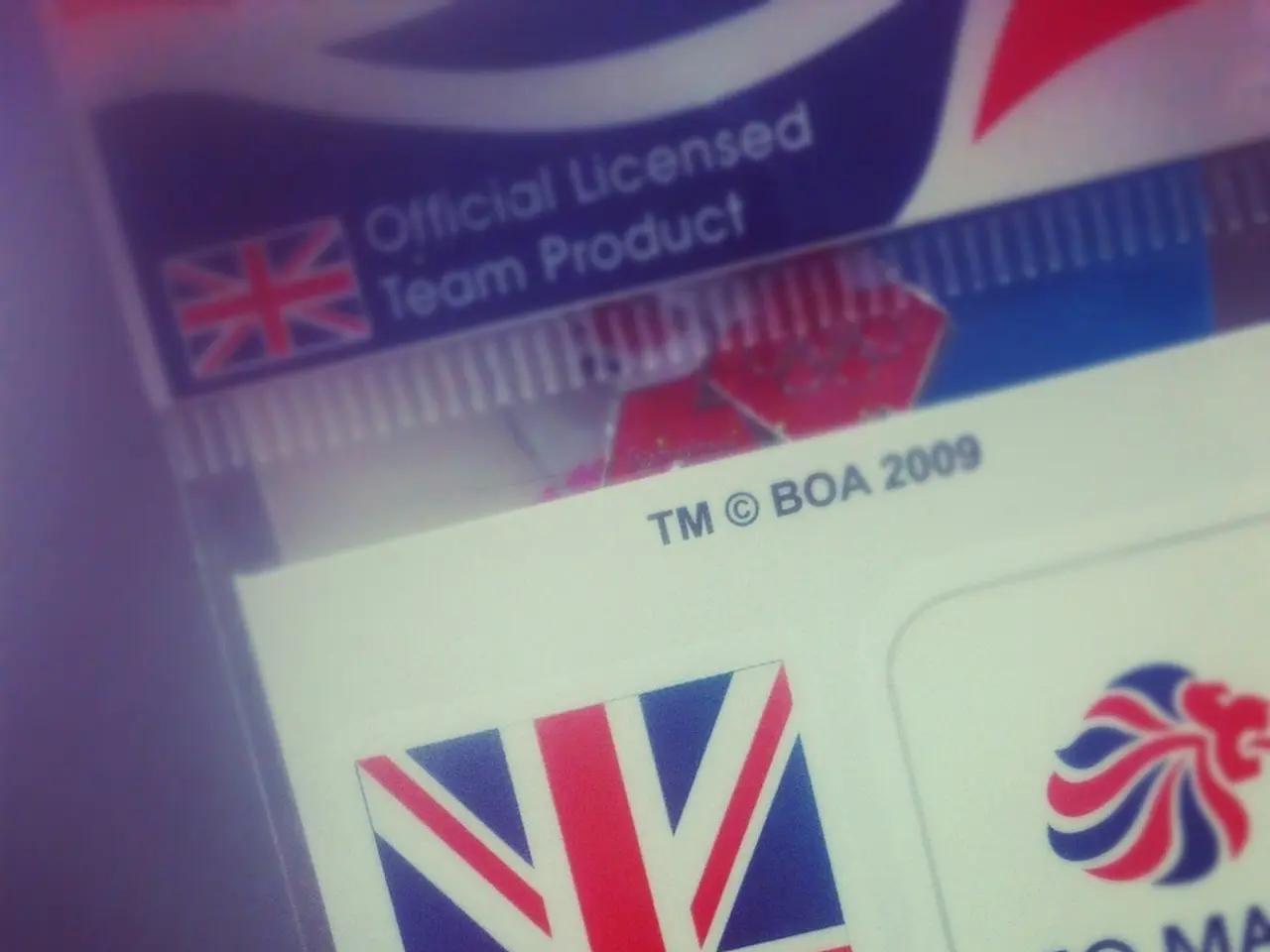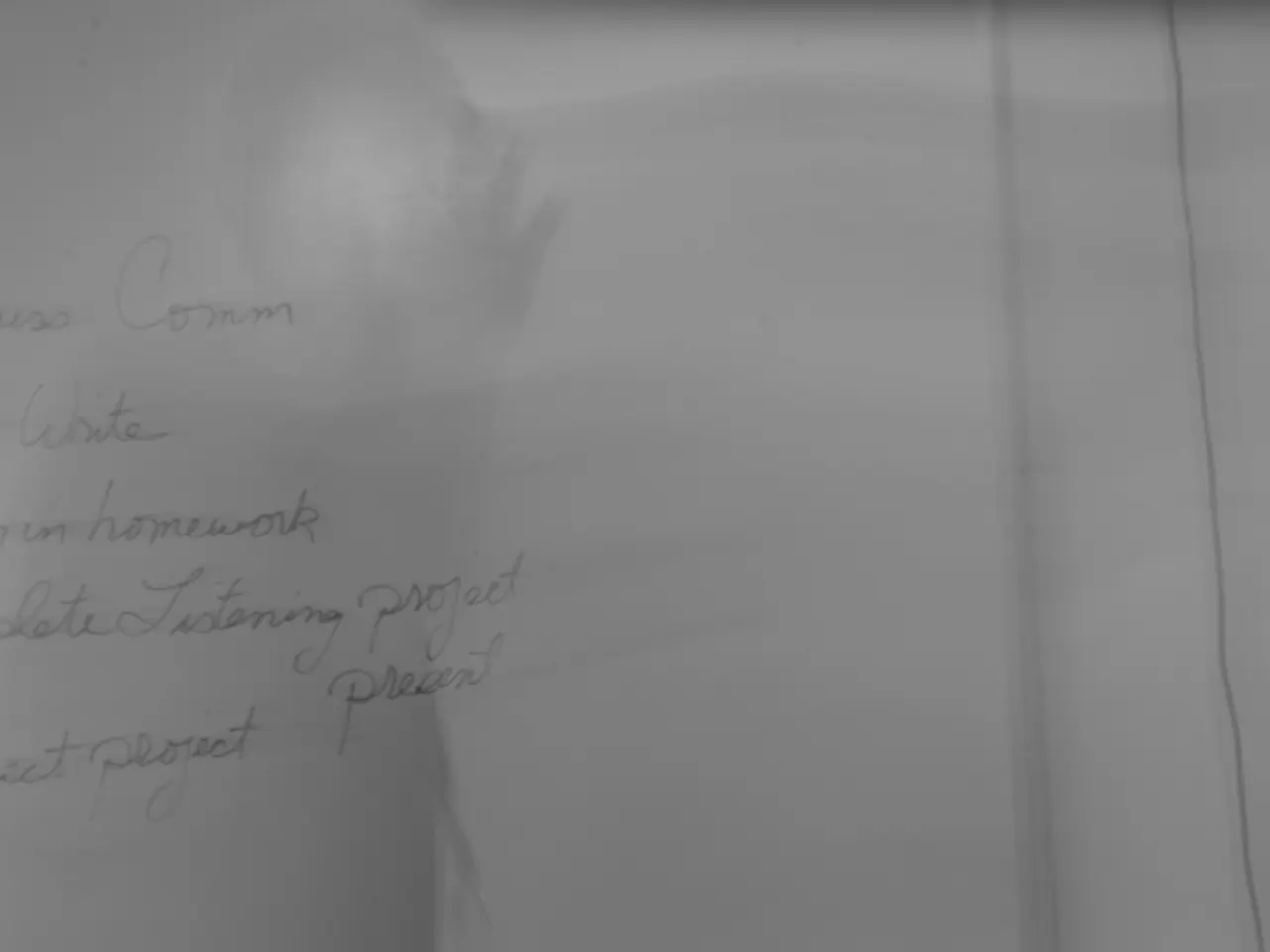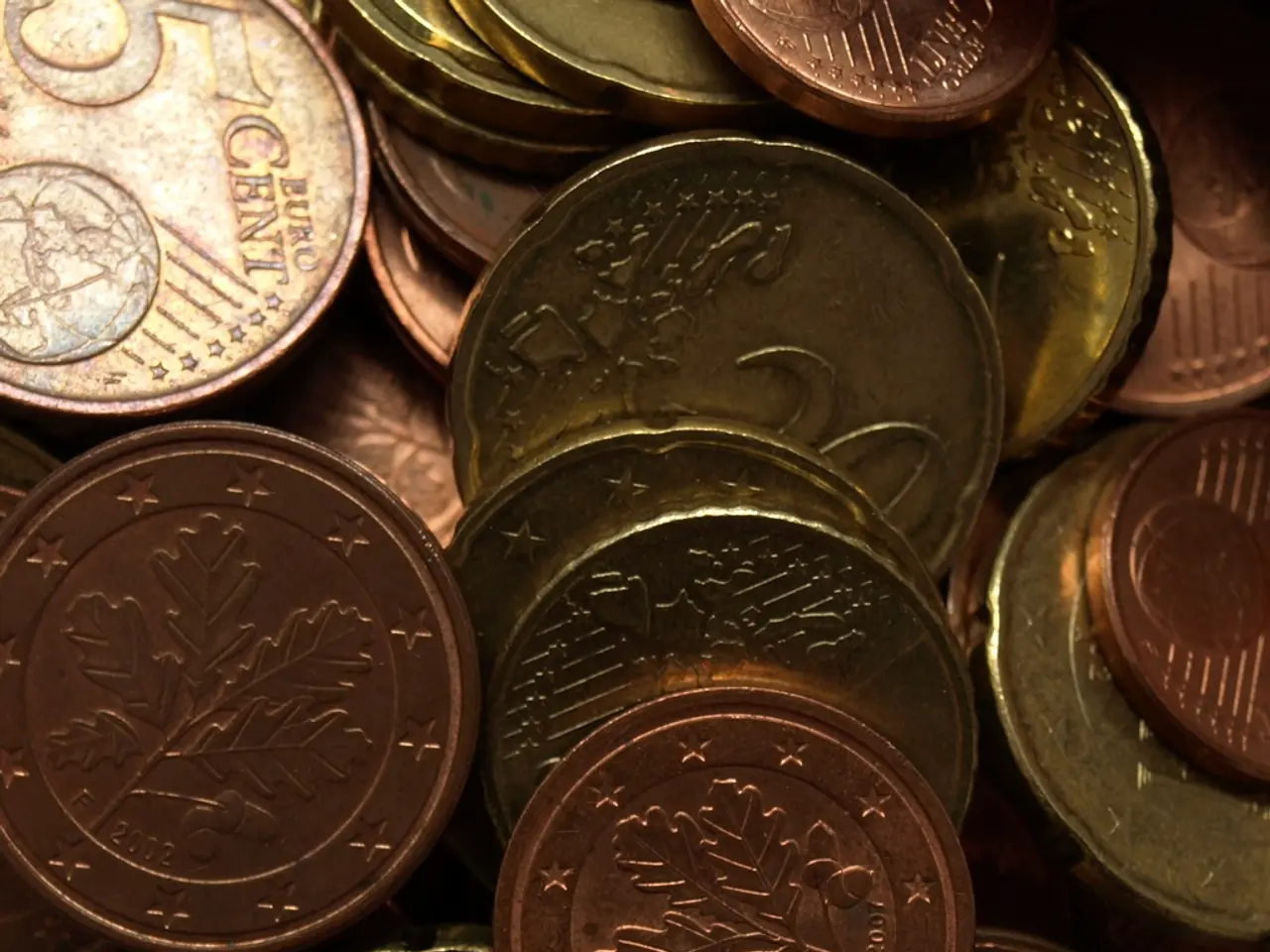3D Printer Accelerates the Revitalization of an Antique Vehicle
In a fascinating demonstration of modern engineering, Ryan from the Fat Lip Collective is currently working on a project to install a turbo engine into an '80s-era Toyota KE70 Corolla. The process, as illustrated by Ryan's recent work, showcases how CAD (Computer-Aided Design) and 3D printing can revolutionise complex automotive installations.
The primary focus of the project centres on carefully fitting a salvaged turbo unit to the existing engine and designing the exhaust pipe system with precision. This intricate task involves several key steps.
1. **Selecting and Preparing the Turbo:** Ryan begins by salvaging a compatible turbocharger suitable for the KE70’s engine and exhaust manifold. After inspection, any necessary refurbishments are made to ensure the turbo's reliability before installation.
2. **Fitting the Turbo to the Engine:** With the turbo in hand, Ryan carefully removes the existing exhaust manifold and replaces it with one adapted for the turbo. Considering the tight engine bay of the KE70, he must ensure that the turbo and piping placement don't interfere with other components. Trial and error will be needed to find a compact and efficient layout.
3. **Designing the Exhaust Pipe Configuration:** Ryan employs CAD software to model the exhaust path, including elbows and reducers that match "schedule 40" pipe dimensions (standard pipe thickness). He incorporates features like degree markers for angles and flat bolting surfaces at pipe ends for easy assembly and adjustment. This digital modeling helps visualise and adjust pipe routing before physical fabrication.
4. **3D Printing Prototyping:** Ryan then prints scaled or full-size prototypes of elbows, reducers, and sections of the exhaust pipe. He mock-ups various pipe arrangements in the physical space of the engine bay to check fitment and clearances. This hands-on approach reduces errors and rework in actual metalwork and installation.
5. **Final Pipe Fabrication and Installation:** Once the best arrangement is confirmed via 3D printed models, Ryan fabricates the pipes in metal according to the tested design. He then installs the turbo and exhaust system, ensuring all connections are sealed and secure. Integrating supporting systems such as wastegate, blow-off valve, intercooler (if any), and oil/coolant lines for the turbo is essential.
The benefits of using CAD and 3D printing in this project are numerous. They speed up the design and fitting process, help find a compact, performance-optimal pipe routing that fits within the confined engine bay of the KE70, allow physical mock-ups to verify clearances and assembly ease before committing to expensive metalwork, and reduce trial-and-error traditionally associated with turbo installations on older cars.
However, the project doesn't come without its challenges. The KE70’s original engine is not turbocharged, so engine internals and fuel delivery may need upgrades to handle boosted air pressure safely. Tuning the engine management (carburetor or engine control unit) is essential to optimise performance and reliability post-turbo. Custom mounting brackets may also be needed to secure the turbo and pipes due to the Corolla’s compact engine bay.
Ryan's 3D printing projects extend beyond this turbo installation, encompassing components like spark plug adapters, exhaust pipes, and dash panels. His innovative approach to car modification using modern technology is a testament to the boundless possibilities in the automotive world. As the project continues, we eagerly await the day when Ryan roars around in his souped-up Corolla.
The incorporation of CAD (Computer-Aided Design) and 3D printing in Ryan's project significantly revolutionizes the complex installation of a turbo engine into an '80s-era Toyota KE70 Corolla, offering benefits such as speeding up the design process, improving pipe routing, reducing errors in actual metalwork, and minimizing trial-and-error.
Using cutting-edge technology, Ryan designs the exhaust pipe configuration using CAD software, models various pipe arrangements with 3D printed prototypes to verify fitment and clearances, and ultimately fabricates the pipes in metal according to the tested design.
